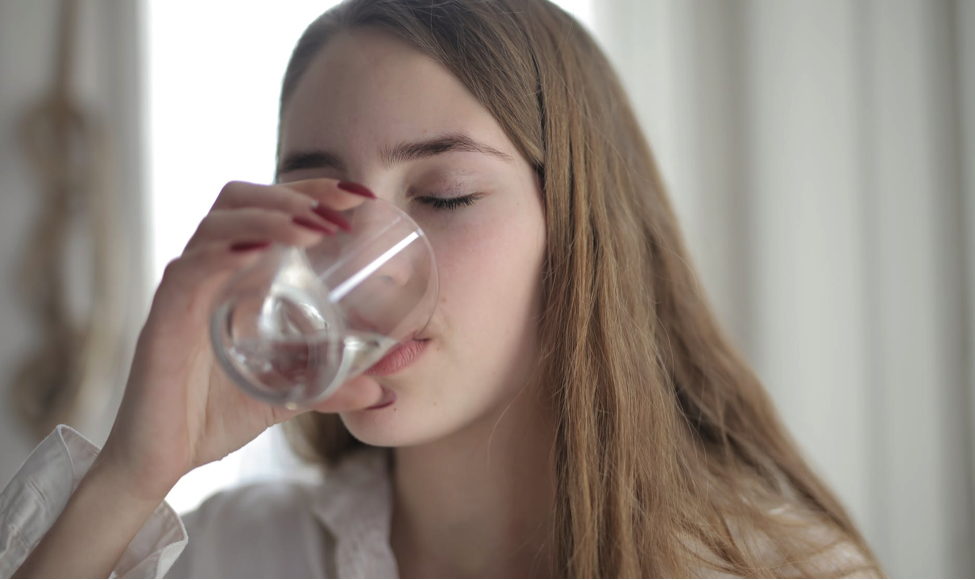Water contamination is a serious issue affecting millions of people. A 2015 report by the Environmental Protection Agency showed that approximately 21 million Americans were consuming water that violated the required quality standards.
Approximately 16 million acute gastroenteritis cases reported every year have also been linked to community water systems.
Therefore, the risk of drinking contaminated water is much higher than you might think.
In this review, we will share several methods on how you can find out how safe your drinking water is. Hopefully, this should help you avoid the health dangers linked to this issue.
1. Get In Touch With The Water Company
Your water company is legally required to share an annual Consumer Confidence Report with you. The report is supposed to show key details regarding the quality of your water.
Sadly, many consumers never go through the report. Others don’t even know that it exists.
A good number of consumers have also switched to e-billing. This makes it challenging to get the report, especially if the utility company fails to attach it in PDF. If this is the problem you are experiencing, visit your water provider’s website and look for the report. If it’s nowhere to be found, call the company directly.
Understanding the consumer confidence report can also be a bit challenging. The terms can get too technical, and some figures might be hard to interpret. Luckily, the CDC has a comprehensive guide breaking down these reports.
2. Check The Environmental Protection Agency Website
The EPA provides several valuable tools to support water analysis.
For instance, the Water Contaminant Information Tool (WCIT) has information on biological, radiological, and chemical contaminants in water. The tool covers more than 800 of these contaminants.
WCIT is available to all recognized agencies or laboratories. This means you don’t have to rely on the report from your local water company alone. You can work with an independent laboratory provided they have the necessary certifications.
Independent laboratories are also the primary testing option for homeowners relying on private wells. That’s because the EPA does not regulate these wells. It’s upon you as the owner to do your due diligence and get the water tested.
3. Inspect The Water Yourself
You don’t have to wait for the annual consumer confidential report to determine whether your drinking water is safe or not. Some basic inspections can help you detect unsafe water early enough to get the problem fixed before it causes serious health issues.
Here are a few things to look out for:
● Chlorine Smell
Chlorine is used to get rid of bacteria and other microorganisms. Usually, the chlorine levels are controlled carefully not to affect the taste or smell of water. However, it’s still possible to have your tap water smelling like a swimming pool.
Partner with a good filtration company to find a solution if this is a usual occurrence in your area.
It’s good to work with a company within your location. So, if you live within Honolulu, a Hawaii water consultation company is likely to do a better job analyzing your problem and giving the appropriate solution. But make sure the company is reputable.
● The Smell Of Rotten Eggs
Have you ever opened your faucets, and the smell of rotten eggs filled your room immediately? That’s the smell of hydrogen sulfide.
Drinking this water can result in diarrhea and dehydration.
Install an effective filtration system to get rid of the unpleasant smell and the chemicals causing it.
● Odd Taste
Your taste buds are great at identifying safe water. This is especially true if you’ve spent a majority of your life drinking quality water. The moment the quality changes, you will feel the difference immediately.
Sadly, knowing the reason behind the change in water quality can be very challenging. Sometimes the problem is easily fixed with a filtration system. In other cases, a comprehensive test is necessary.
● Cloudy Water
Cloudy or foamy water usually happens when your water provider doesn’t filter natural minerals and other substances. The minerals usually are harmless. But, if the water gets too cloudy, have it tested.
● Dirty Water
The sight of dirty faucet water alone is enough to curb your dehydration. Besides the obvious dangers to you, this water can also harm your drainage system.
Get rid of sediments in your drinking water by installing a sediment filter.
4. Get Your Water Tested
Inspections can only get you so far. Also, the report from your water company may say the water is safe even though you feel something is amiss.
Therefore, the only way to know for sure whether your water meets the desired quality standards is by having it tested at a facility of your choice.
The Department of Environmental Protection website has a list of accredited facilities to send samples and have the water tested.
Of course, they will charge you for the tests, but it’s worth considering what’s on the line.
Many people across the country are drinking harmful water without their knowledge. This is evident from the millions of water-related health conditions reported in health facilities.
Hopefully, the above information will help you know if your water is safe before it’s too late.












